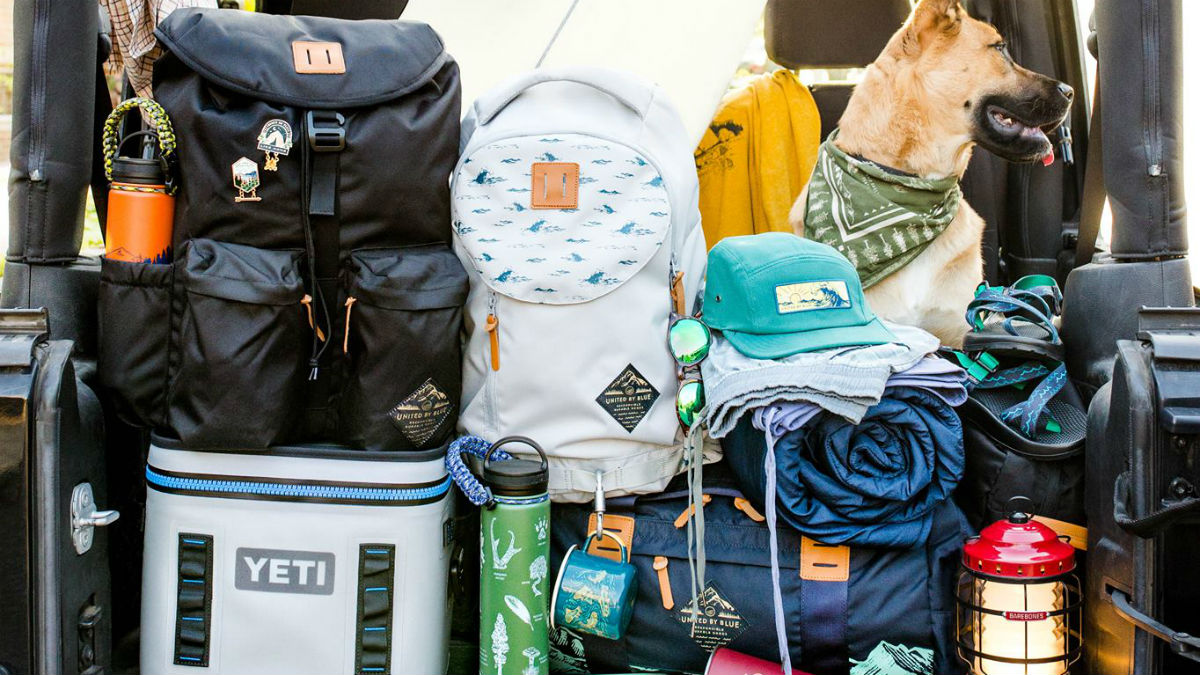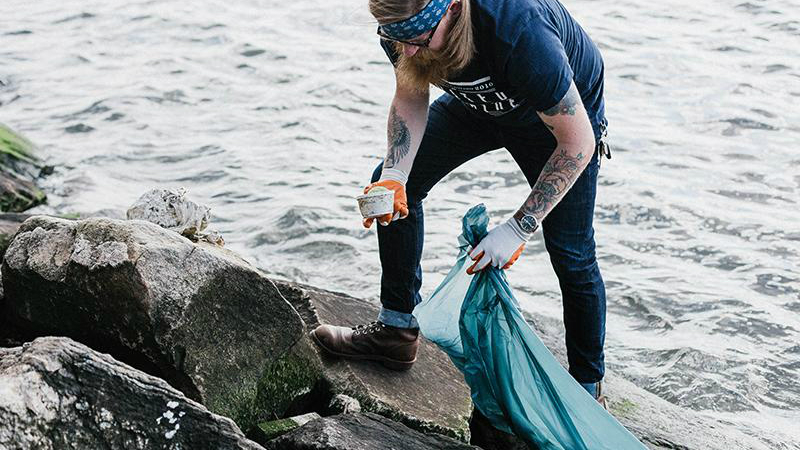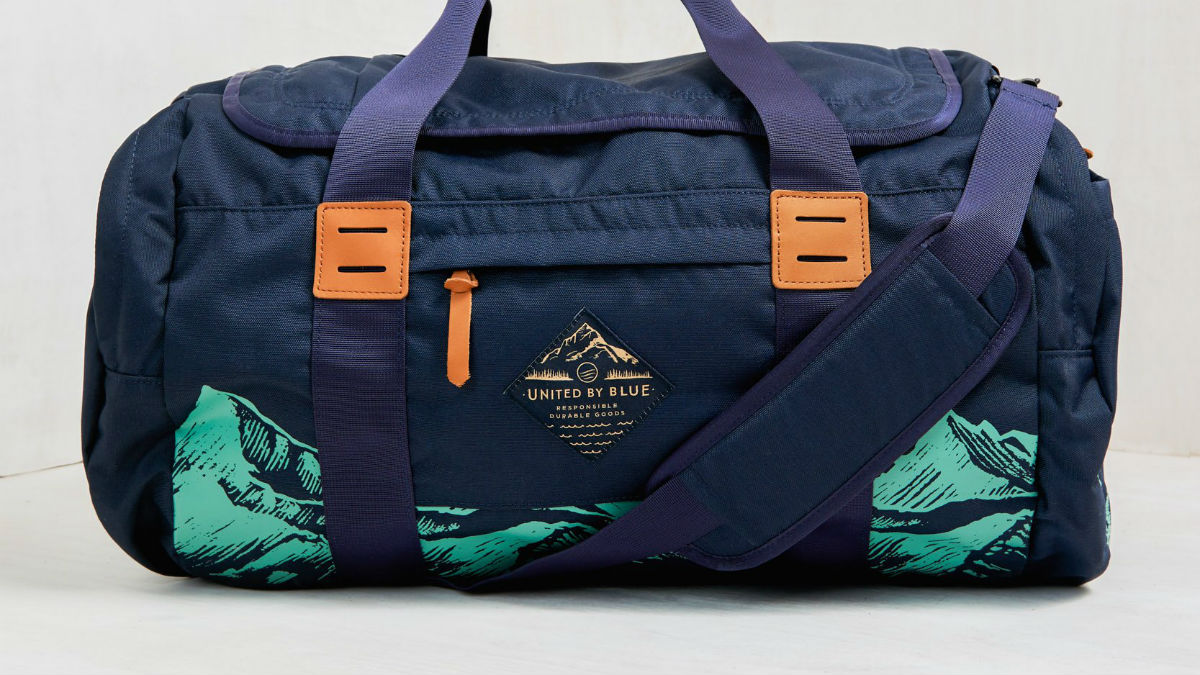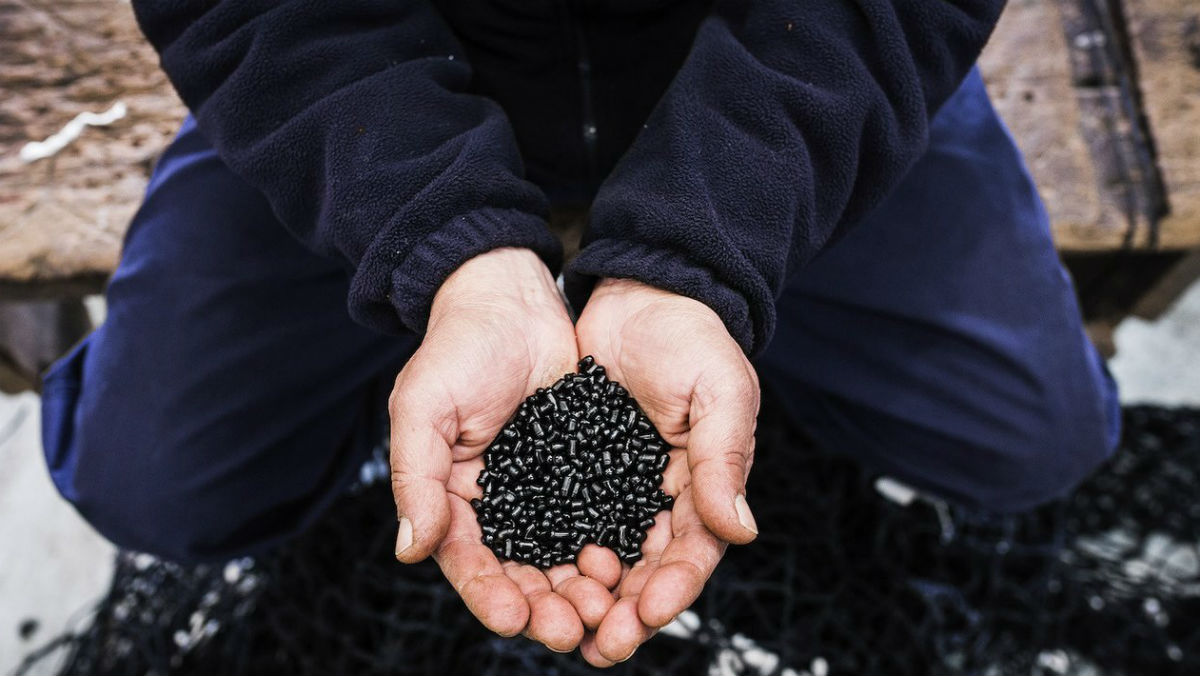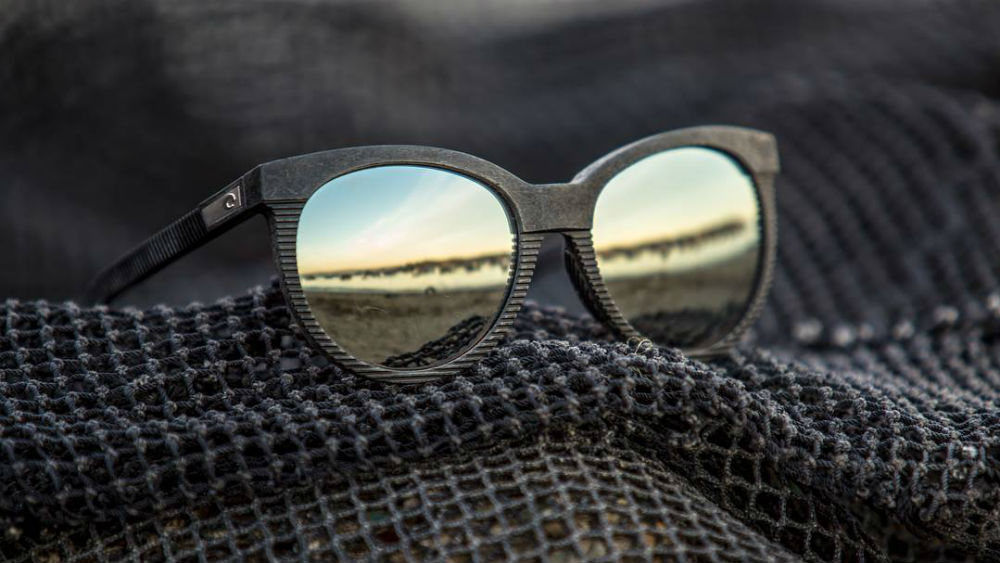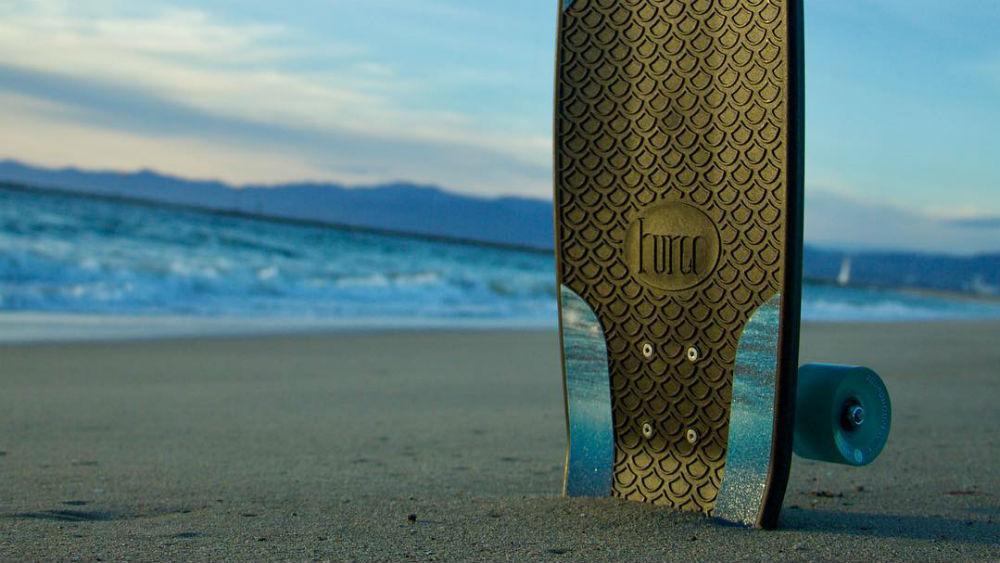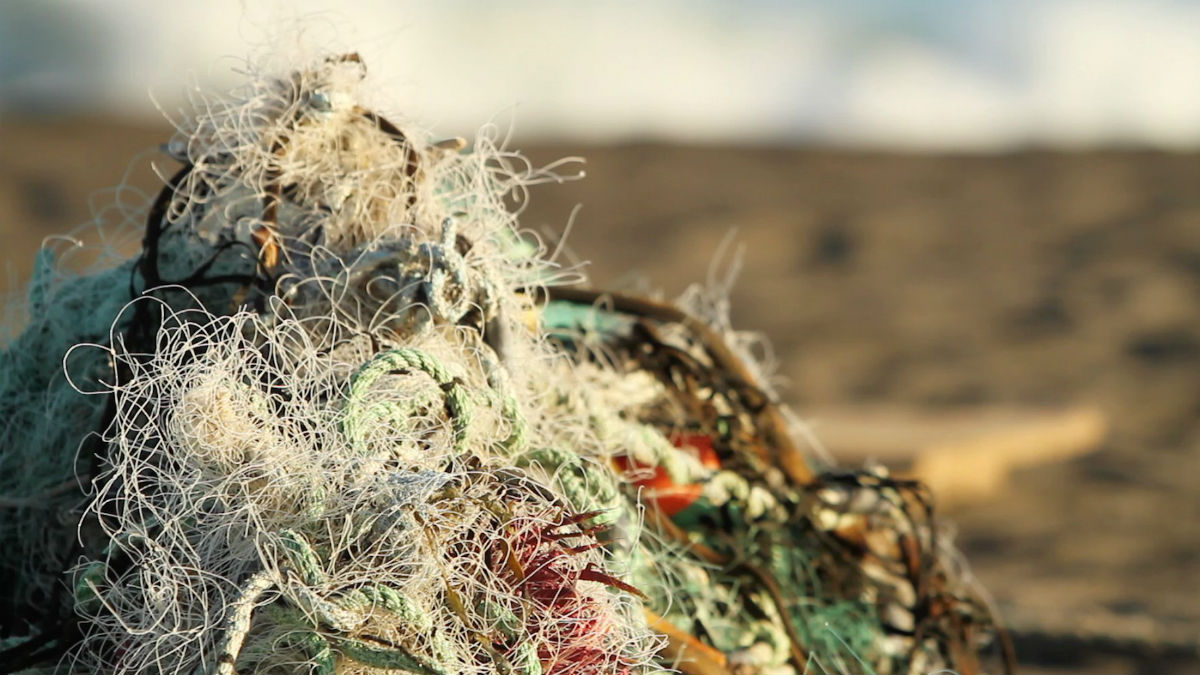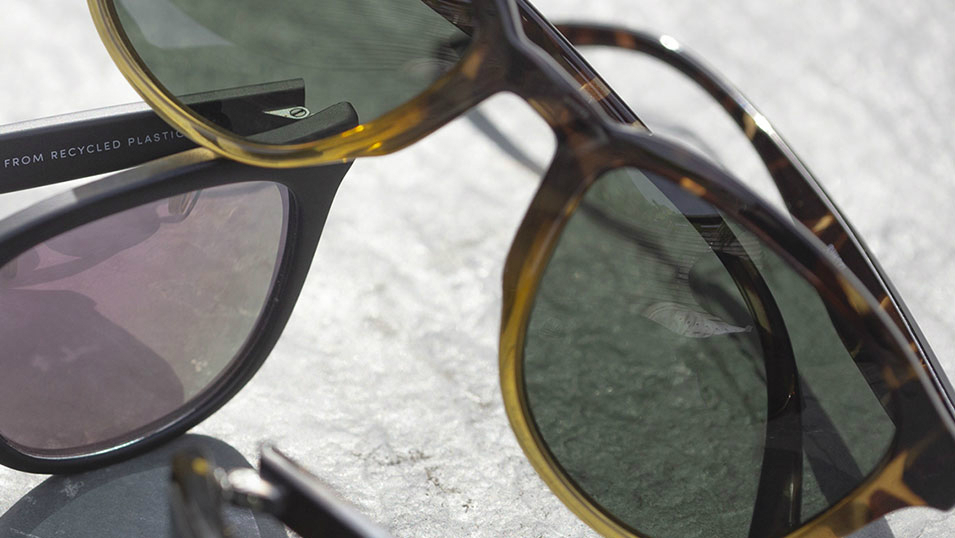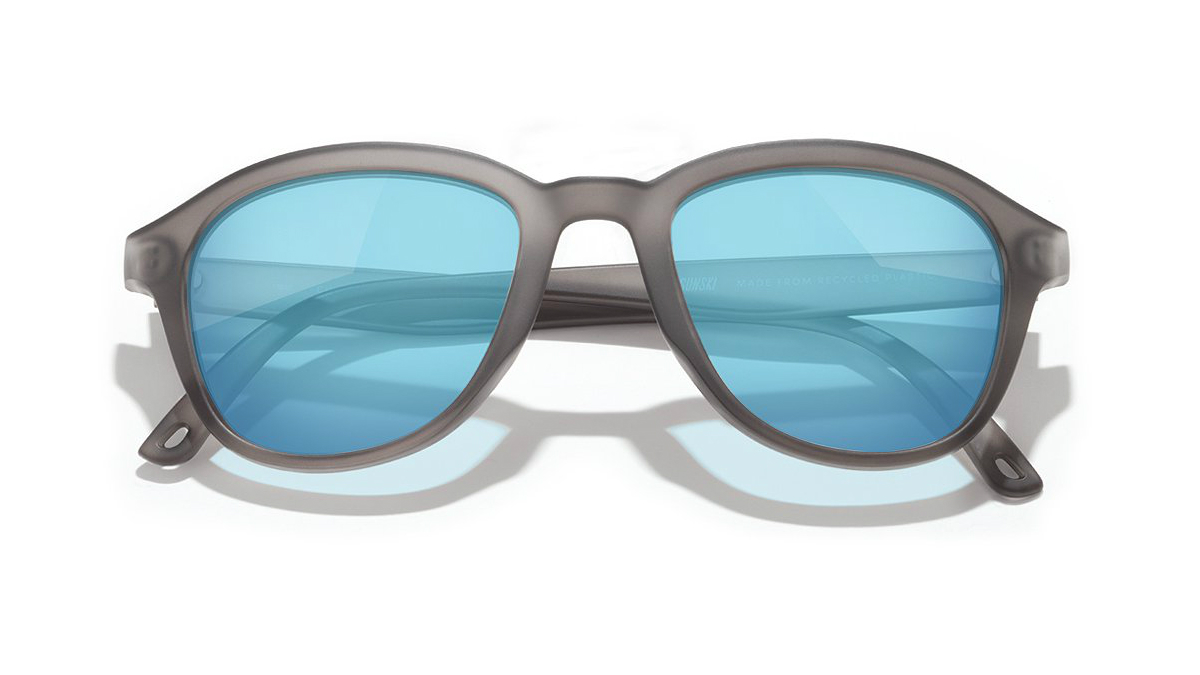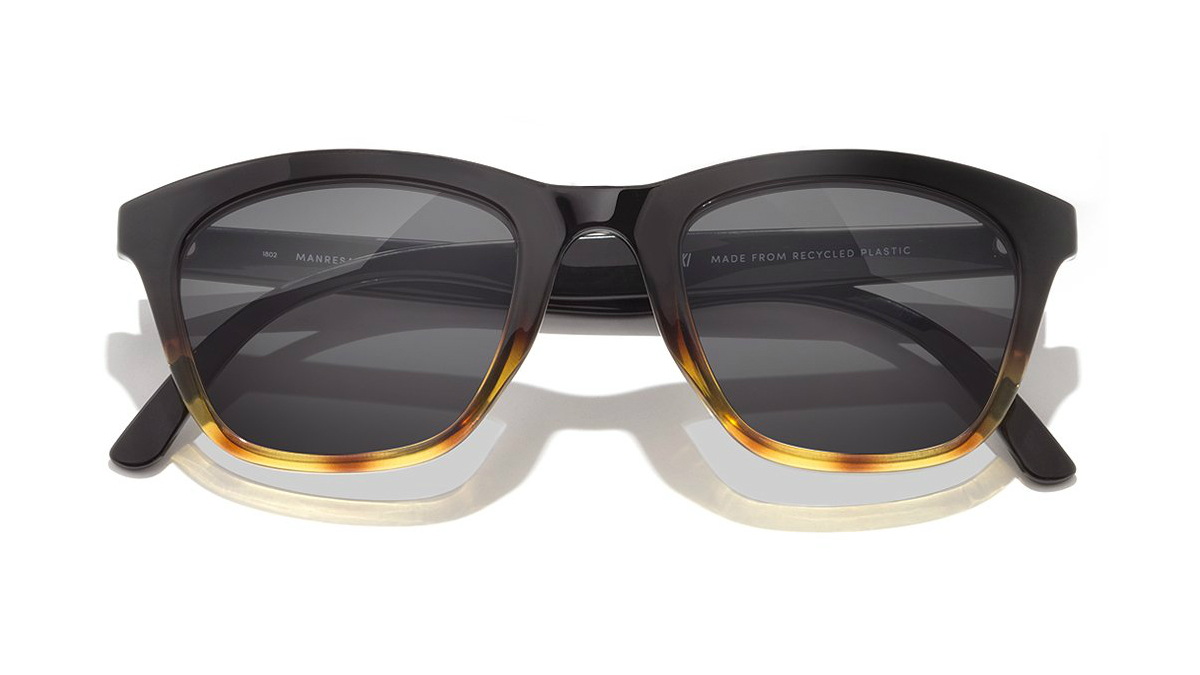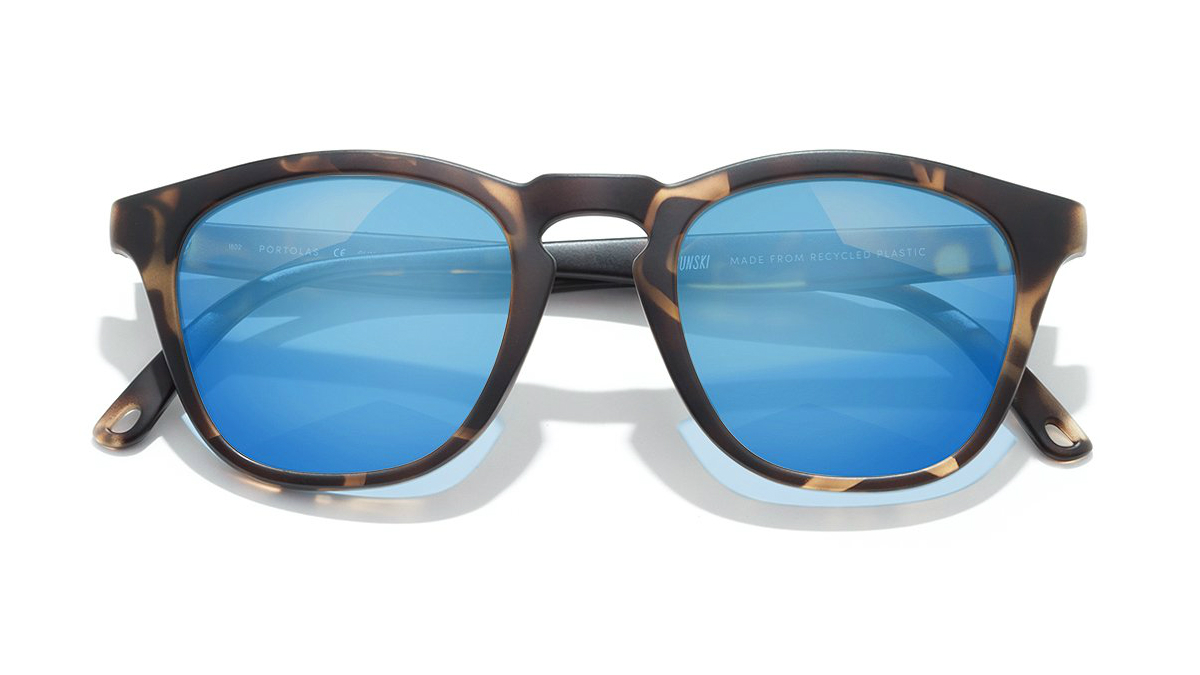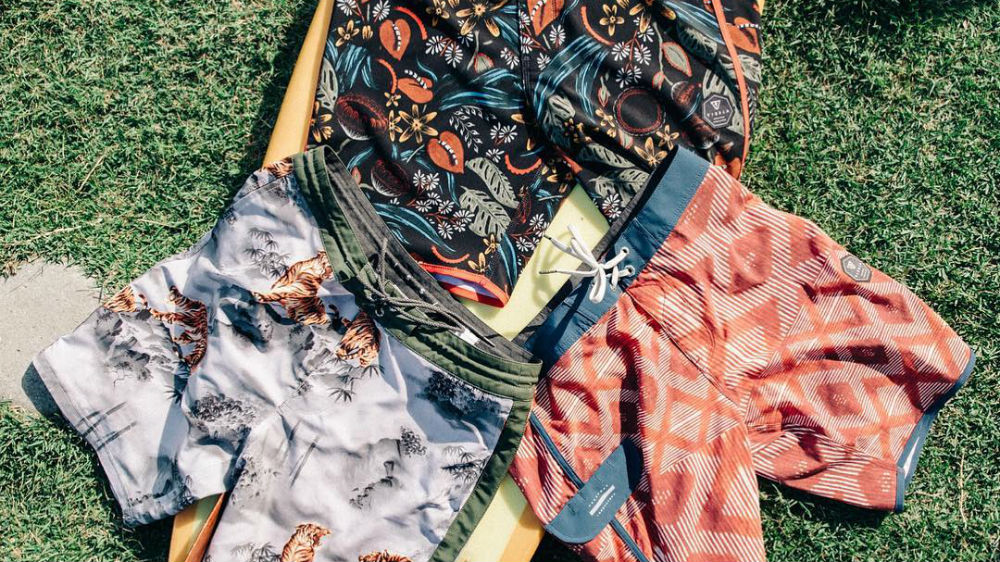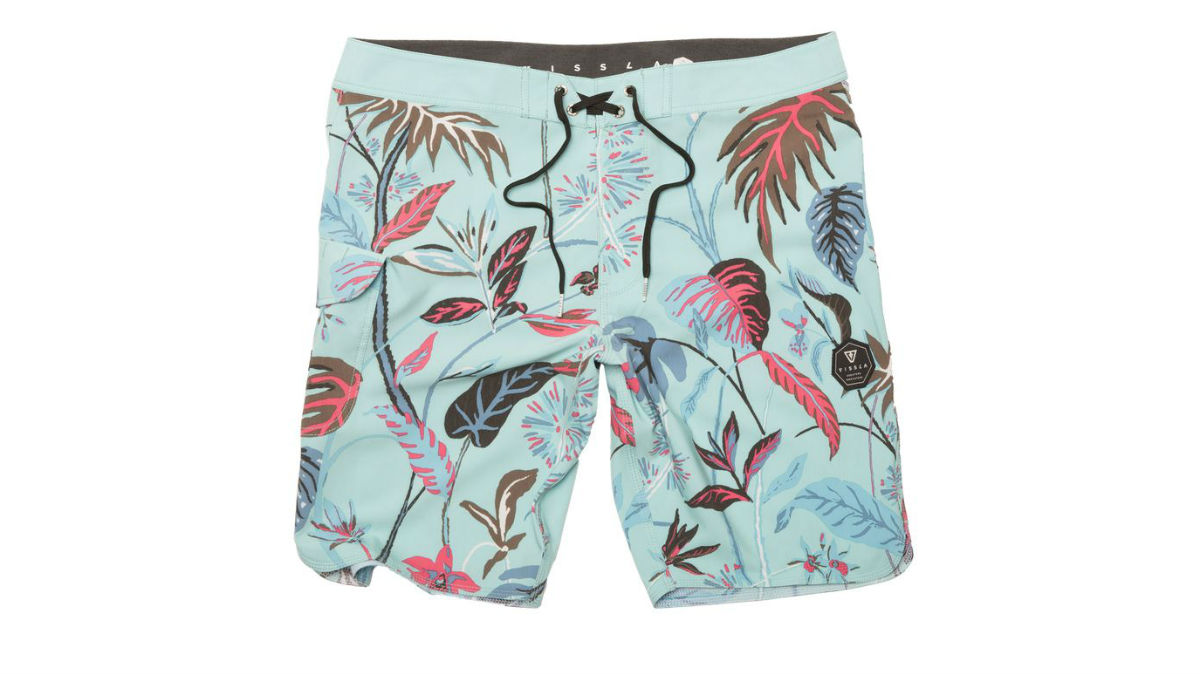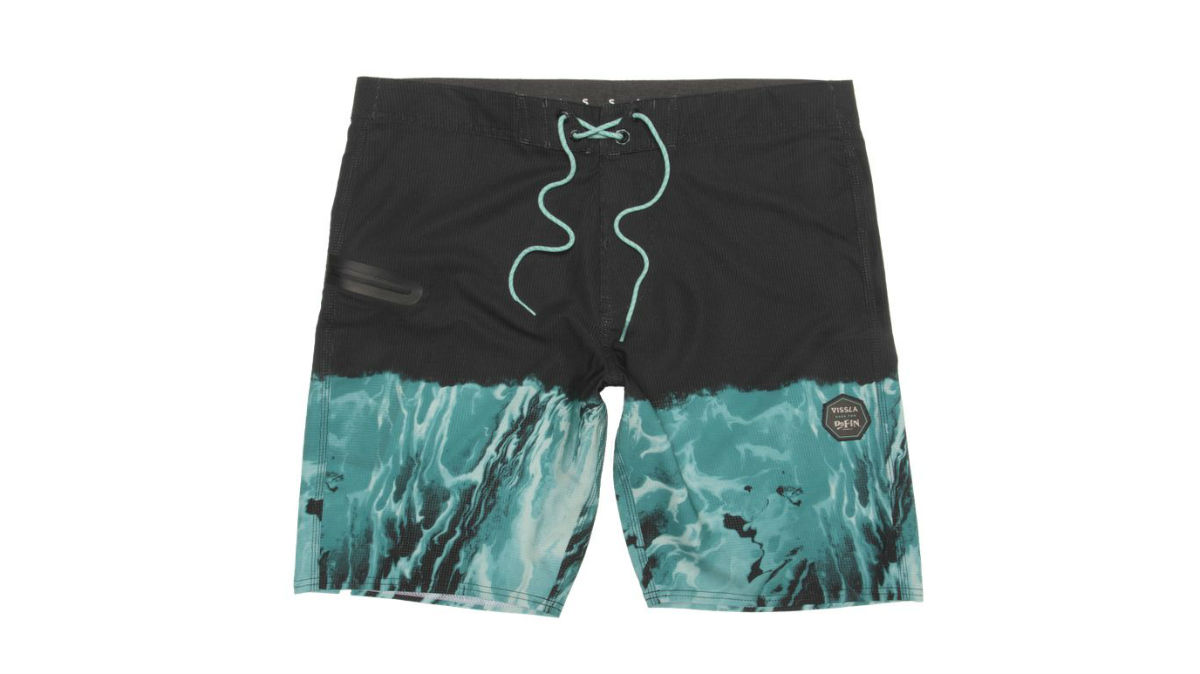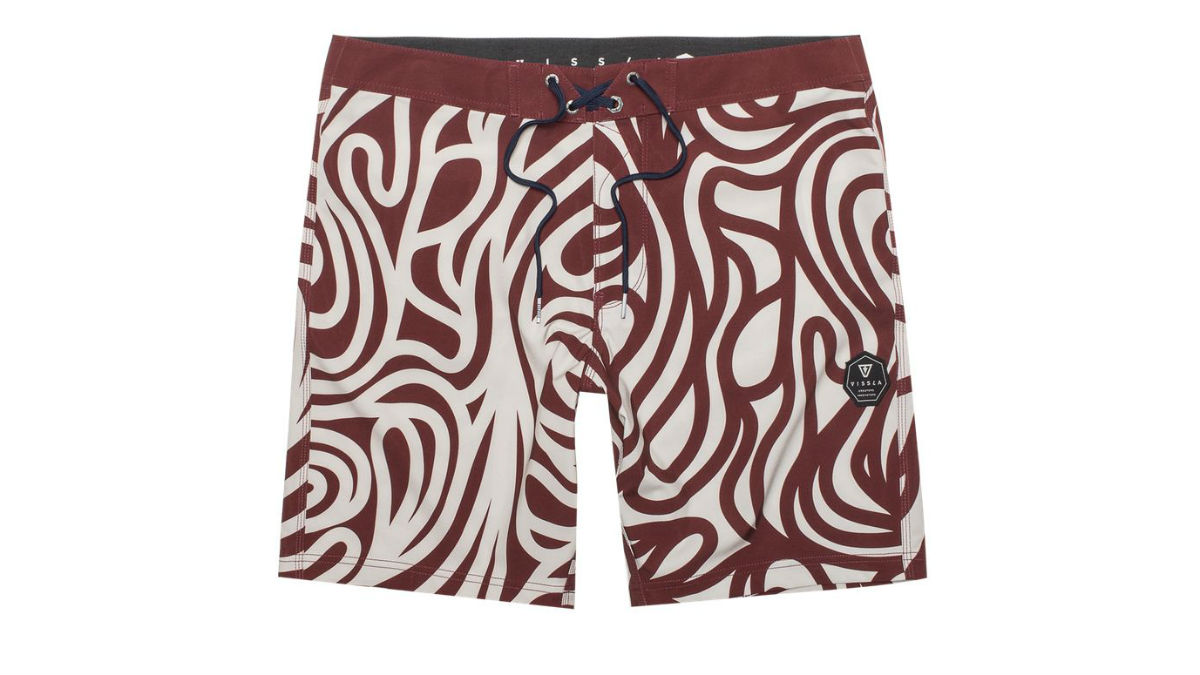Every year, 8 million tons of plastic enter the sea. About 1.5 million tons of that is just plastic bottles. Most of this garbage ends up in a giant spinning pile of junk twice the size of Texas called the Great Pacific Garbage Patch.
Plastic is embedded in our lifestyles, but we can do plenty to help use less and recycle what we’ve got. These eco-friendly brands are working hard to save our oceans — they’ve realized that if our sea chokes on all the plastic, we’re toast too.
United by Blue
United By Blue literally means united by water. For every product sold, the Certified B-Corp removes one pound of garbage from the ocean. Plastic bottles, tires, old appliances — United By Blue gets rid of it all. The company has removed over 1 million pounds of trash to date.
In addition to removing plastic from the water, they’ve committed to preventing trash from ever reaching the water in the first place. Products like the Arc Duffle ($103) and the Bluff Utility Backpack ($55) use recycled polyester which comes directly from old plastic bottles. United By Blue also helps organize beach and river cleanups all over the country. In fact, between June 1 and August 6, 2018, the team is on a road trip through 21 states to help the effort.
Bureo
With its Net Positiva program, Bureo has turned more than 22,000 pounds of old fishing nets into clean plastic pellets. This recycled plastic is then used to make high-performance outdoor gear. So far, Breo has collaborated with Costa sunglasses on the Untangled Collection, Carver on mini-skateboards, and Futures on the Alpha line of carbon surfboard fins.
4Ocean
It can be hard to remember to reduce, reuse, and recycle in our busy daily lives. You could get a tattoo of the three Rs, but that might be a little extreme. A bracelet of 100-percent recycled glass and polyester might be a better idea.
4Ocean pulls one pound of trash from the ocean for every bracelet they sell — 800,000 pounds of trash so far. The company also hosts cleanups around the world — from Florida to Bali — and educates developing countries on the importance of reusing and recycling plastic.
Sunski
Sunski’s polarized sunglasses are lightweight and comfortable thanks to a frame that comes from completely recycled plastic (not to mention a Forever Warranty). Instead of going to landfill or the ocean, Sunski’s sourced plastic is repurposed into the brand’s Recycled line that is even stronger than previous collections.
Nektor

The last thing we want when we get to the beach is for all our sunscreen to wash off into the water and destroy the coral reefs. Developed by surfers for surfers, Nektor sunscreen is certified reef-safe and eco-friendly. Bonus: There are only six ingredients in the Necktor Face Stick ($15). Non-nano zinc doesn’t soak into your skin but still provides protection from the sun. Coconut oil contains vitamin E, which repairs sun damage, and beeswax guards your skin against other elements.
Vissla
You probably don’t want coconut husk in your boardshorts. Doesn’t sound comfortable. Vissla has found a way to make it happen — and make your boardshorts breathe and stretch better.
Using Cocotex, a yarn constructed from upcycled coconut husk, and Repreve, a polyester yarn sourced from recycled plastic bottles, Vissla has put together a line of boardshorts that is odor-resistant and fast-drying. You can save the oceans and be comfortable at the same time.
Klean Kanteen
Klean Kanteen has long been a champion for reusable drinking bottles. The company’s stainless options last for years, but now Klean Kanteen has pushed its reusable products even further.
Every day, 500 million plastic straws are used in the U.S. and tossed out. Now you can bring your own with reusable metal and silicone straws. A flexible silicone tip saves your teeth and the natural palm bristle brush keeps them Klean — err, clean. Klean Coat is a new paint formula — which is run through a GreenScreen for SaferChemicals process to identify ingredients that are safe for humans and the environment — that’s longer lasting and more durable.
